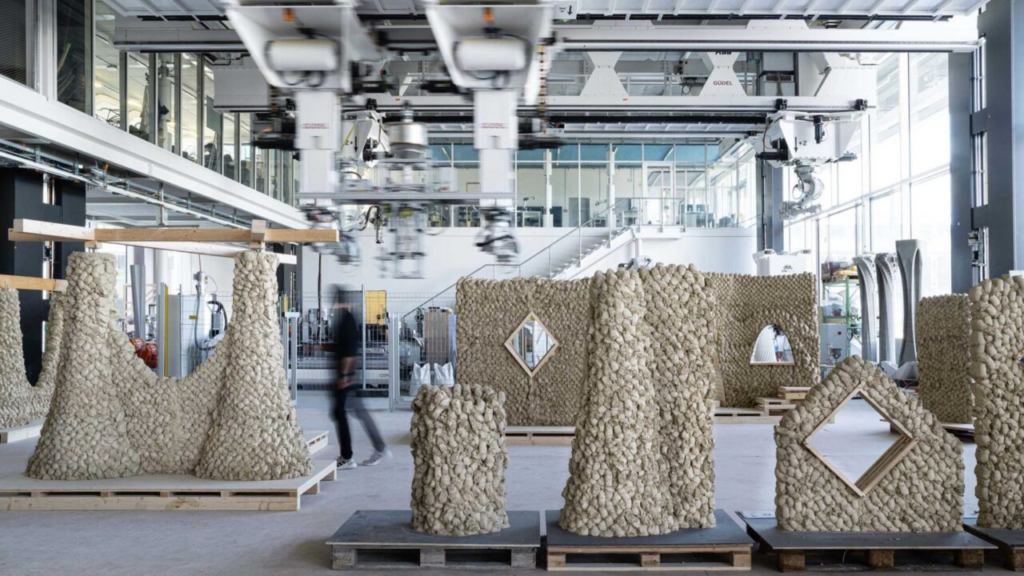Conventional and 3D printed structures often use a mixture of cement and additives. However, not only does the production of cement put a huge burden on the carbon footprint worldwide, the material is responsible for 8% of global CO2 emissions. That’s why a new printing method called Impact Printing has emerged as an eco-friendly construction alternative. So, what is Impact Printing. Why is it so important?
Impact Printing: A groundbreaking method in construction with 3D printing without cement!
First of all, Impact Printing, which uses low-carbon materials that are abundant in nature instead of cement, makes structures more sustainable. The biggest feature of Impact Printing is that it eliminates the need for cement by using materials that reduce the carbon footprint.

Currently, a 1-2% mineral stabilizer is added to increase the durability of structures. This additive is not as harmful as cement and can be recycled, unlike traditional concrete structures. The researchers say their long-term goal is to eliminate even these stabilizers and produce a 100% additive-free building material.
In this way, the constructed parts can be used in new buildings without going to waste when they are demolished in the future; in other words, this method offers a system that supports the circular economy. Work is accelerating to commercialize the technology.
First, the researchers plan to build a plant that will produce prefabricated parts. Thus, these environmentally friendly parts will be produced in a factory and shipped directly to construction sites. The development team plans to build this facility and bring it to the market within the next three years.
Responding to questions, the project leader emphasized that the prefabricated method is technologically ready and that they are opening the doors to a new era of construction. What do you think about this new technology? Please leave your comments in the comments section below.













